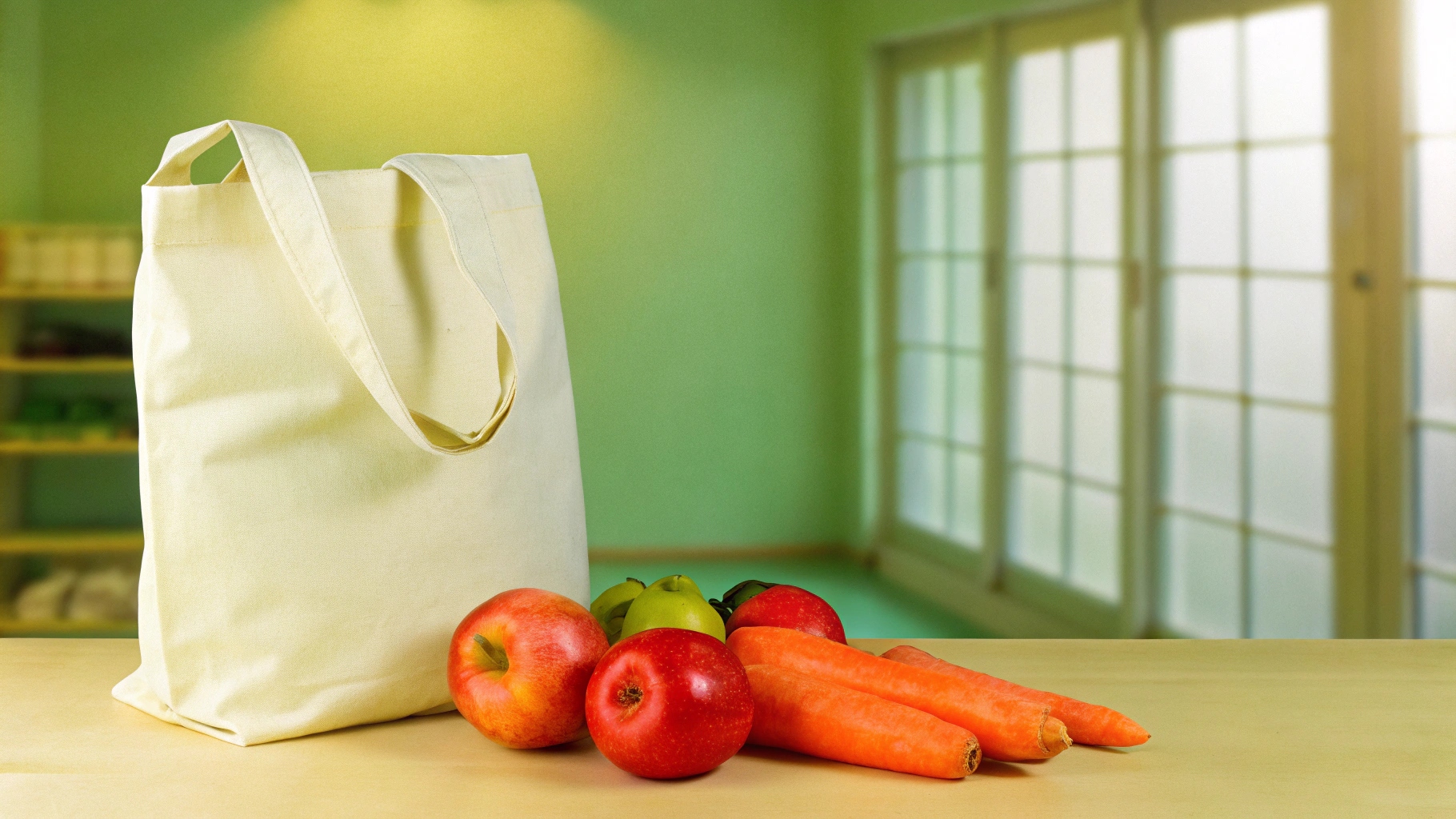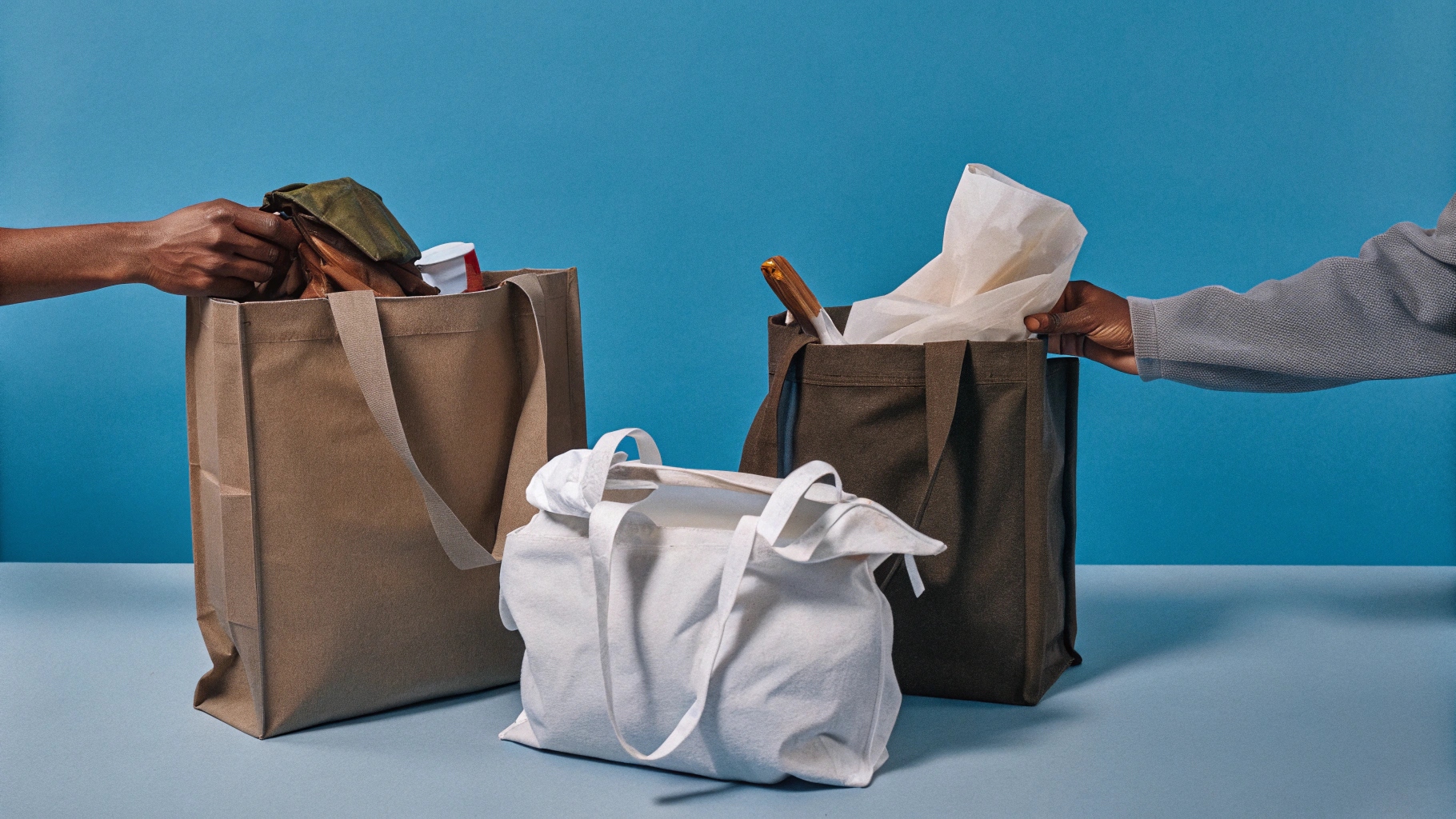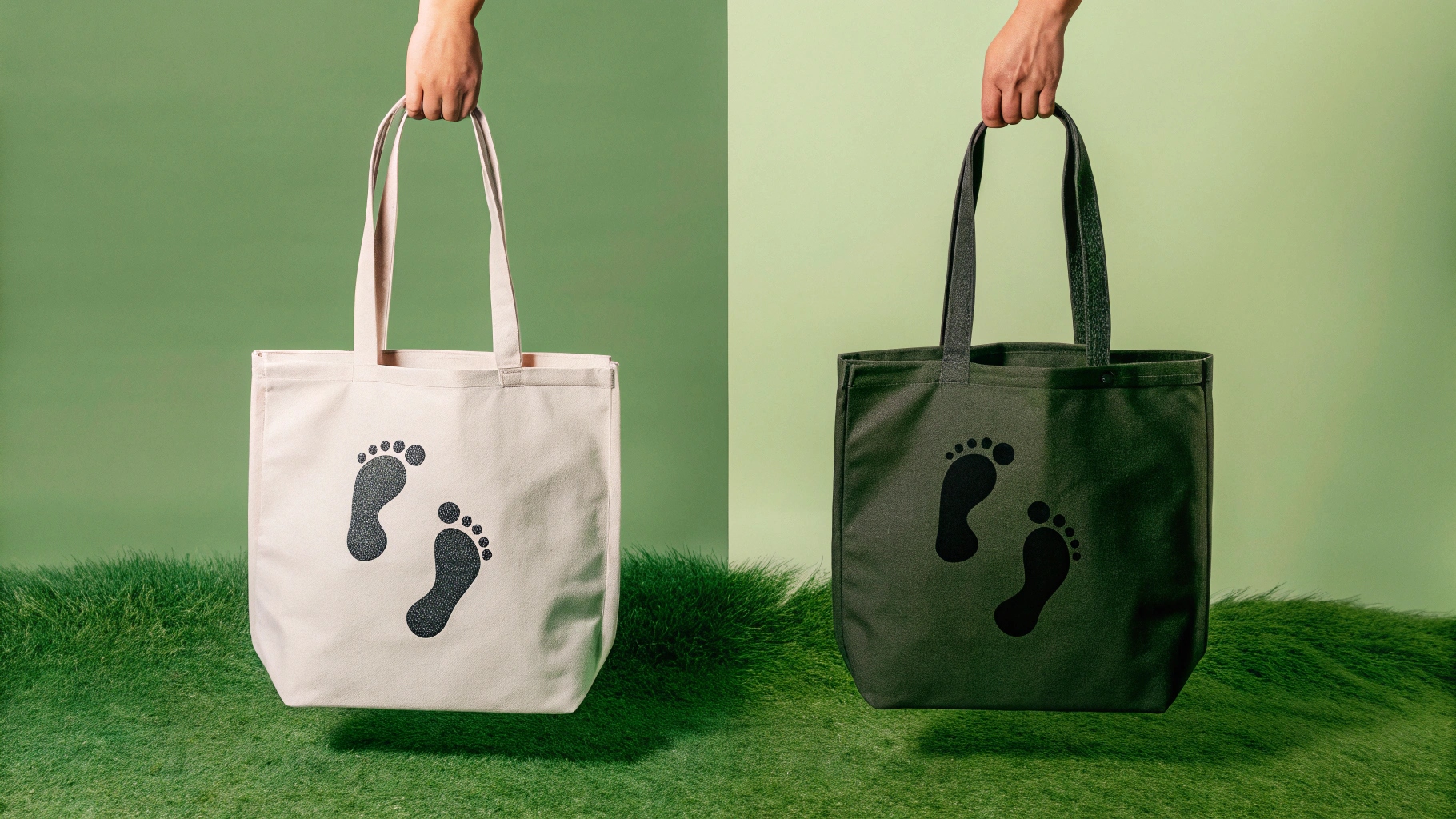Are Canvas Grocery Bags a Good Ecological Practice?
Wondering if your canvas bag truly helps the planet? Do reusable bags really make a difference? Find out how your habits matter most.
Canvas grocery bags can be a good ecological practice when used frequently and over a long time. While their production has an environmental cost, their reusability makes them more sustainable than single-use options if integrated consistently into daily habits.

At first glance, canvas grocery bags look like the perfect eco-friendly item. They are reusable. They do not have plastic. They can break down naturally. But the real answer to if they are good for the environment is not just about what they are made of. It is about how much you actually use them. I have seen many good intentions, but consistent use is key.
Are canvas bags good for the environment?
Do you believe canvas bags are always eco-friendly? Are there hidden costs? Understand the full picture of their environmental impact.
Canvas bags can be good for the environment, but their positive impact depends heavily on frequent reuse. While they reduce plastic waste, the production of cotton canvas requires significant water, energy, and land. A single canvas bag needs to be used many times to offset its initial environmental footprint.

Canvas bags are usually made from cotton. Cotton is a natural fiber. This sounds good for the environment. But cotton production uses a lot of water. It also uses energy and land. Sometimes, it uses pesticides. So, making one canvas bag has an environmental cost. Some studies say you need to use a cotton tote bag over 100 times for it to be better for the environment than a single-use plastic bag. This is because of the resources used to grow the cotton and make the fabric.
This is where behavior matters more than just the material. A canvas grocery bag becomes truly sustainable only when you use it often and for a very long time. One well-made bag that you use for years is much better for the environment. It is better than having many "eco" totes that you only use a few times and then put away in a closet or throw away. I have seen this happen a lot. People buy many reusable bags1, but then they forget to take them to the store. The bags just sit unused.
The true ecological value of canvas bags2 is not just that they exist. It is how they become part of your daily life. When people change their habits, and choose reusable bags constantly, canvas bags become part of a bigger change. They are not a magic answer to all environmental problems. But they are a strong symbol of careful choices when you back them up with action, not just good intentions. It is about actually using the bag instead of just owning it.
| Environmental Aspect | Impact of Canvas Bags | Key Factor for Sustainability |
|---|---|---|
| Material (Cotton) | Natural, but production needs water/energy | How cotton is grown (organic, water-efficient) |
| Production Footprint | Higher initial environmental cost than plastic | Number of times the bag is reused |
| Waste Reduction | Reduces single-use plastic bags if consistently used | User habit of consistent reuse |
| Biodegradability | Can break down naturally | Proper disposal at end of life |
| Longevity | Very durable, designed for long-term use | How long the bag is actually kept and used |
So, canvas bags can be good for the environment. But only if they are used regularly and for a long time. The user's habit is the biggest factor.
Which type of grocery bag is better for the environment?
Are you confused by all the bag choices? Do you want to pick the most eco-friendly option? Understand what makes a bag truly better for the planet.
The best type of grocery bag for the environment is the one you already own and use repeatedly for a long time, regardless of material. Reusability is the most important factor. For new bags, consider durable options like canvas or recycled materials, and commit to consistent, long-term use.

This is a question I get a lot. There are so many kinds of bags now. Plastic, paper, canvas, non-woven. It can be hard to know which is truly best. My view is simple: the best bag for the environment is the one you use over and over again for a very long time. It does not matter so much what it is made of, if you only use it once.
Let's look at the common types:
- Single-Use Plastic Bags: These have a very low production cost. But they are used once and thrown away. They create a lot of waste and harm nature. They are bad for the environment.
- Paper Bags: These are often seen as better than plastic. They come from trees, which is a resource. They can break down, but making them uses energy and water. They are also not very durable and rip easily, so they are often not reused many times.
- Non-Woven Polypropylene Bags: These are made from plastic fibers. They are often cheap and stronger than single-use plastic bags. They are meant to be reusable. They have a lower environmental cost than canvas if you use them many times.
- Canvas Bags: As we discussed, these are durable and natural. They need to be used many times to offset their production impact.
The key is always reuse. A single canvas bag used hundreds of times is far better than fifty non-woven bags used ten times each. It is also better than a thousand plastic bags used once. The environmental footprint of any bag comes mostly from its production. So, the more times you use a bag, the less environmental impact each use has.
For businesses, choosing a reusable bag for promotions means picking one that people will actually keep and use. That is why I often recommend canvas. It feels good. It is strong. It is seen as eco-friendly. This encourages people to use it. When consumers change their habits to always use a reusable bag, that is the biggest win for the environment. It shows conscious consumption. It is not about the specific material as much as the consistent action behind it.
| Bag Type | Production Impact (Initial) | Reusability Potential | Overall Environmental Impact (with typical use) |
|---|---|---|---|
| Single-Use Plastic | Low | Very Low | High (due to waste) |
| Paper | Medium | Low | Medium (low reuse, some production impact) |
| Non-Woven Polypropylene | Medium | Medium to High | Lower (if reused consistently) |
| Canvas (Cotton) | High | High | Lowest (if reused hundreds of times) |
Ultimately, the most environmentally friendly grocery bag is the one that becomes a seamless part of your daily routine and stays out of the waste stream for as long as possible.
Is canvas environmentally friendly?
Do you think all canvas is equally green? Are there differences in how eco-friendly canvas can be? Understand canvas's environmental footprint.
Canvas can be environmentally friendly, particularly when made from organic cotton or recycled materials, and especially when reused consistently over many years. However, conventional cotton production3 has a notable environmental footprint, including high water and pesticide use, which impacts its overall eco-friendliness.

This is a good, deep question. "Environmentally friendly" is not always a simple yes or no answer for materials. Canvas is usually cotton. Cotton is natural. But growing cotton uses a lot of water. It can also use a lot of pesticides if it is not organic. This means the journey of a canvas bag from farm to your hand uses resources and can cause pollution. This is the "hidden cost" many people do not think about.
However, canvas itself is durable. It is strong. This means a canvas bag can last a very long time. This is its biggest environmental benefit. If you use one canvas bag hundreds of times, you are avoiding hundreds of single-use plastic bags. That makes a big difference.
How canvas can be more environmentally friendly:
- Organic Cotton: If the canvas is made from organic cotton, it means fewer harmful pesticides were used. This is better for the soil and water.
- Recycled Cotton/Canvas: Some canvas is made from recycled cotton fibers. This reduces the need for new cotton production, saving resources.
- Dyeing Process: Look for canvas dyed with eco-friendly dyes or methods that use less water.
- Local Production: If the canvas is made closer to where you are, it reduces transport emissions.
But no matter how the canvas is made, the most important factor is reuse. A single canvas bag used for years is far more eco-friendly than buying a new "eco-friendly" canvas bag every few months. I have seen many companies want to use canvas bags for promotions because it shows they care about the environment. This is a good intention. But I always tell them the real value comes when their customers actually use the bag often.
The ecological value of canvas bags is not just that they exist. It is how they become a normal part of daily life. When people choose to carry and reuse these bags consistently, it signals a bigger change. It is not a magic solution. But it is a powerful symbol of careful consumption when that intention turns into real action. It shows long-term thinking, which is important in a world often focused on short-term waste.
| Aspect of Canvas | Environmental Impact | How to Maximize Eco-Friendliness |
|---|---|---|
| Material Sourcing | Conventional cotton: high water/pesticides | Choose organic or recycled cotton |
| Manufacturing Process | Energy for weaving, dyeing | Look for sustainable production methods |
| Durability | High: lasts many years | Prioritize well-made, robust bags |
| End-of-Life | Biodegradable (if natural cotton) | Reuse, then compost or recycle (if pure cotton) |
| Crucial Factor | Reuse Frequency | Use the bag consistently for a long time |
So, canvas can be environmentally friendly. But it is most impactful when it is produced responsibly and, more importantly, when it is reused as much as possible by the consumer.
Conclusion
Canvas grocery bags are ecologically good if reused consistently and long-term. While cotton production has costs, their durability and reusability make them sustainable when integrated into daily habits.
-
Discover the benefits of using reusable bags and their role in reducing waste and promoting sustainability. ↩
-
Explore the environmental impact of canvas bags and how their usage affects sustainability. ↩
-
Learn about the environmental costs associated with cotton production and its effects on sustainability. ↩





